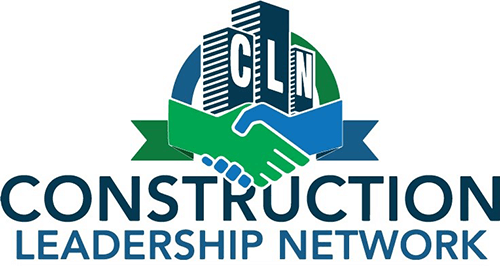
Profitability in construction begins with project selection. Ours is the only industry that signs a binding contract to sell our service for a fixed price, not knowing exactly what it will cost to provide that service. What’s worse, we bid in a highly competitive environment against others eager for the job and bidding aggressively to get the work. Financial problems start with mispricing our services.
Worst Case / Best Case
Low Bid: Most contractors feel they must take any job they can get, and they call that “project selection”. Fierce competition teaches us how to bid low to get work.
Preferred Contractor: If you do good work another form of project selection sometimes emerges–preferred contractor; a better project selection process since you get to submit a budget rather than a bid. There is less price pressure competing with pre-qualified bidders. Much public work is still awarded to the low bidder, but more and more contractor selection (even in the public domain) is based on other criteria (quality and reputation e.g.), especially in highly technical projects. Effectively, in those cases, you are not selecting the project. It is selecting you.
Project Delivery Methods
There are four primary delivery methods (with many variations) currently in use:
Design-bid-build: This is the most common method where design is completed first, then bids are solicited from contractors, offering the owner the cheapest initial price.
Design-build: A single entity handles both design and construction, allowing for faster project completion and streamlined communication. Using this method, the general contractor is usually selected, and they solicit bids from sub-contractors.
Integrated Project Delivery: A collaborative approach where stakeholders share (or are supposed to) responsibility and risk, aiming to reduce waste and costs. This is the most “businesslike” method and, in our humble opinion, the delivery method of choice.
Cost-plus contract: The contractor is paid for actual costs incurred plus a fee. Cost-plus recognizes that costs that make up a service are cumulative, not fixed and the contractor that provides the inputs is paid for the effort. This fee represents only “job” profit not net-after-tax company profit.
Owners
Not all owners are alike. Some are cooperative, not contentious; and pay fairly and on time. Obviously, we want to work with them repeatedly and pursue every opportunity to do so.
The other extreme is contentious, problematic, pays slowly only after haggling over every detail, and demanding large retainage to protect themselves. Most of us avoid these owners as much as possible. They force us into the cost of financing the work.
Capacity
“There are no bad projects – just bad matches of contractors to projects. Project selection is one of the most critical decisions construction enterprises make. The risk associated with project selection can be measured in advance and is directly associated with the construction organization’s past experience with similar work.” (Schleifer, The Secrets to Construction Business Success, p. 150). A contractor’s capacity to complete a potential project profitably resides in two distinct areas:
One: Capital Capacity – Do I have ample access to working capital either already residing on my balance sheet or available from my credit relationships? Your CFO must evaluate every potential job for the impact of size, duration, and owner reputation on capital sufficiency. Contractors fail unexpectedly when unaware that they don’t have enough money to complete the job.
Two: Skill Capacity – “Prior experience with the type of project is directly proportional to the likelihood of successfully proposing and delivering a project profitably, on time, and on budget.” (Schleifer, Secrets…, p. 151). In our eagerness to grow, we are often tempted to take on work we have never done before. We fail to recognize that we are selling a service of skills our firm may or may not possess. Learning as you go is tempting, but costly, and almost always leads to losses.
Next Week we will be talking about market segmentation and reputation.
(For a deeper discussion of this week’s blog topic go to, The Secrets of Construction Business Success, Chapter 10.)
For more information on project selection read more at: SELECTION
For a broader view contractor capacity, read more at: CAPACITY
To receive the free weekly Construction Messages, ask questions, or make comments contact me at research@simplarfoundation.org.
Please circulate this widely. It will benefit your constituents. This research is continuous and includes new information weekly as it becomes available. Thank you.


